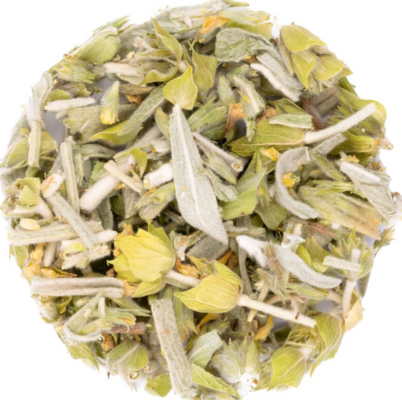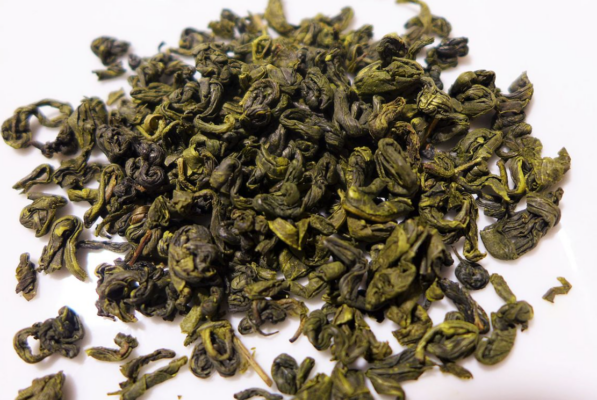Shou Mei is a sweet and bold white tea hailing from Fuding county, situated in the Fujian province of China. Compared to most other white teas Shou Mei has a stronger and more robust character, but due to its somewhat withered appearance and the abundance in which it is produced it is often considered as a lower grade tea. So is this reputation warranted? Or is there more to Shou Mei than just its looks?
“Shou” means longevity, and “mei” is the Chinese word for eyebrow, which refers to the eyebrow-shaped leaves which are used in its production. Shou Mei is sometimes also referred to as Gong Mei, which is generally seen as the higher quality variant of Shou Mei, although some argue that there are inherent differences between the two teas.

Shou Mei is harvested from the Dabai tea trees and is picked from spring all throughout autumn, the standard being that one bud and to the fourth and fifth leaf is picked. Each of these seasons award different qualities to the tea, so given that the leaves are harvest later than it’s white tea siblings Bai Mudan (white peony) and the gorgeous Baihao Yinzen (White Hair Silver Needle), the leaves are relatively darker, more coarse and more mature. This longer harvesting period also means that the quantity of leaves harvested is much higher, making it more abundant and more affordable, and as a result Shou Mei constitutes about half of White tea’s total production. However, having grown for longer, the Shou Mei leaves often contain more nutrients than other, earlier picked, white teas.
Shou Mei tea can generally be divided in three categories; whether its loose leaf or compressed into a cake, and whether it was harvested during the autumn or the spring or its age (fresh or aged). Like other white teas, Shou Mei doesn’t involve an extensive processing method. After picking, the leaves are left to wilt, ferment under low humidity conditions and carefully packaged. Shou Mei is either fresh (approximately the first 6 months from when it was picked) or it can be “aged”, or stored for longer periods of time to increase its complexity and richness in flavor. Aging does affect the scent and color, going from a sort of apricot color to a more golden color with time.
So in essence, what separates Shou Mei from its white tea family is not necessarily quality per se. Yes, in terms of leaf quality there are some differences, mainly that fewer buds are used, but it all depends on what you do with the leaves afterward that can make the difference between an average and a premium tea, and Shou Mei is one that should not be judged by its looks alone.



